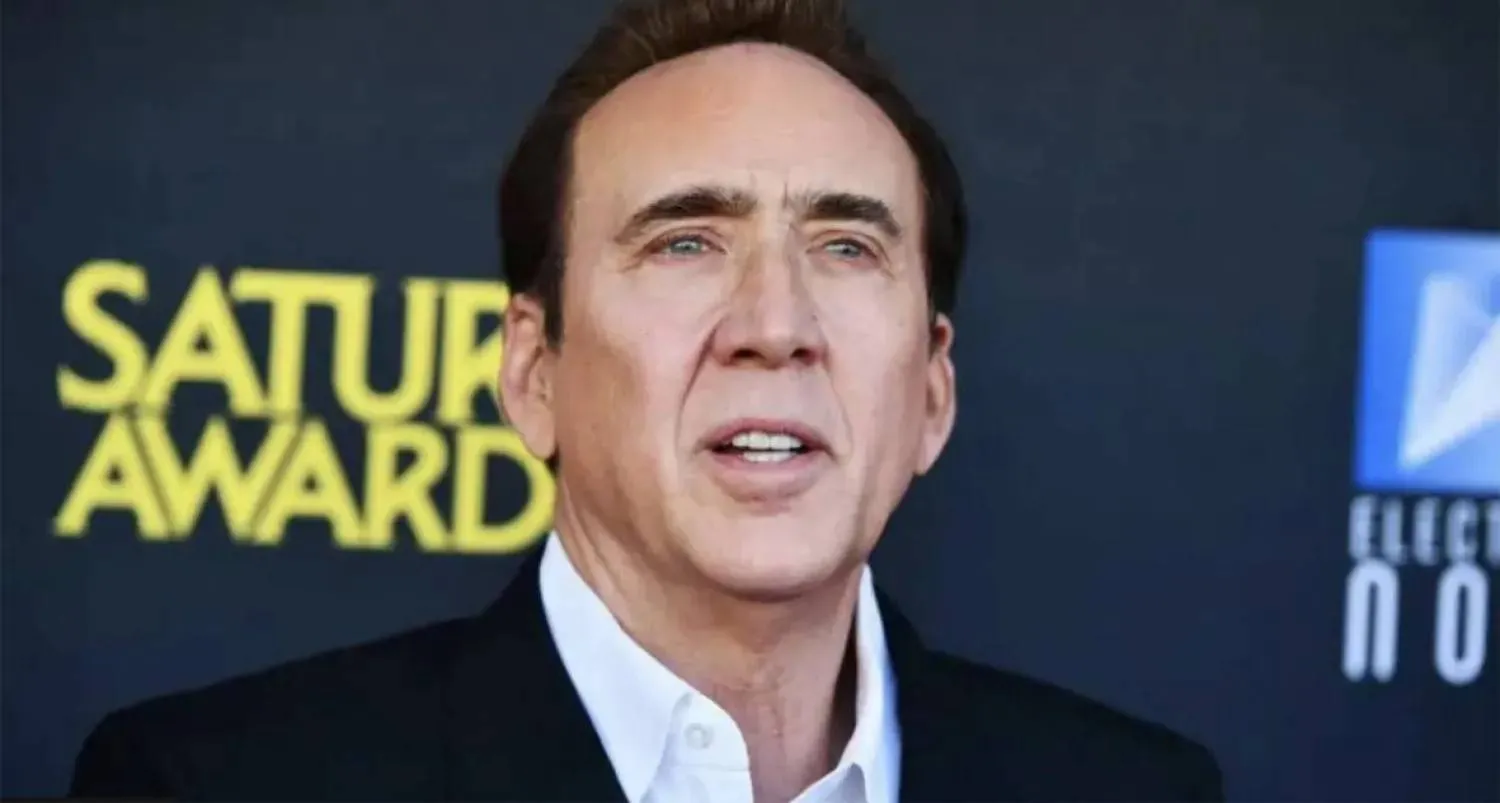Japanese electronics and entertainment company Sony says it’s focusing on creativity in movies, animation and video games, rather than old-fashioned gadgetry, The Associated Press reproted.
Its chief executive, Kenichiro Yoshida, outlined the company’s strategy Thursday, saying Sony was helping creative professionals deliver what he called “kando,” or a moving experience.
Yoshida did not speak about reports Tokyo-based Sony and Apollo Global Management are interested in buying Paramount Global.
Yoshida said the company is now emphasizing the creative process itself instead of prized products of the past like the Walkman portable music player and Trinitron color TVs. He said “synergies” are no longer between entertainment and electronics, but determined by intellectual property spanning animation, music, games and films.
“We will continue to support people’s creativity through our technology,” he said in an online briefing.
Sony is adapting to tougher times, with rivals making cheaper but competitive electronics. Critics say venturing into movies, music and other entertainment can be unprofitable.
Starting with its acquisition of EMI Music Publishing in 2018, Sony has invested approximately 1.5 trillion yen ($10 billion) in the last six years to strengthen its content creation.
In 2021 it acquired Crunchyroll, which has more than 13 million paid subscribers and delivers Japanese animation globally. Another was Yoasobi, a Japanese music duo that includes Vocaloid technology, or singing voice synthesizer software, and is attracting global fans.
Sony’s real-time computing technology that records “this moment,” as Yoshida put it, is being used in cameras at sports events because it can capture quickly moving subjects without distortion.
It's also used for news coverage and editing and in 3D video and computer graphics, including hit movies like “Godzilla Minus One,” and games based on human athletes’ movements, according to Yoshida.
Sony recently reported its quarterly profit rose to 189 billion yen ($1.2 billion) from 141 billion yen the year before. Quarterly sales for the maker of the PlayStation game machines rose 14% to 3.48 trillion yen ($22 billion).
But for the fiscal year through March, Sony recorded a 3% decline in profit at 970 billion yen ($6.2 billion) due to a weak performance in its financial services segment, which will be partially spun off next year.
Sony Says Focus is on Creativity, with Games, Movies, Music, Sensors, IP, and not Gadgets

Sony Group CEO Kenichiro Yoshida and President Hiroki Totoki attend the company's annual strategy briefing in Tokyo, Japan, May 23, 2024. REUTERS/Kim Kyung-Hoon

Sony Says Focus is on Creativity, with Games, Movies, Music, Sensors, IP, and not Gadgets

Sony Group CEO Kenichiro Yoshida and President Hiroki Totoki attend the company's annual strategy briefing in Tokyo, Japan, May 23, 2024. REUTERS/Kim Kyung-Hoon
لم تشترك بعد
انشئ حساباً خاصاً بك لتحصل على أخبار مخصصة لك ولتتمتع بخاصية حفظ المقالات وتتلقى نشراتنا البريدية المتنوعة







